Can You Put A Plastic Water Bottle In The Microwave?

Water bottles are useful for carrying water with you wherever your road takes you. You can refrigerate or freeze them to keep your water cold on warm summer days. However, when the days turn cold, is it safe to heat your plastic bottle in the microwave?
Water bottles are made out of polyethylene terephthalate (PET) plastic which is generally not considered microwave-safe. It may be possible to heat water in a water bottle without causing damage to the bottle. However, the heat of the microwave can leach chemicals out of the plastic making the water unsafe to drink.
The Problems with Heating a Water Bottle in the Microwave
Some problems you may run into when heating a water bottle in the microwave are:
- The plastic could melt.
- The water could superheat.
- Chemicals could leach into your water making it unsafe.
High Temperatures and Superhot Liquids
To be considered microwave-safe, you will want your dish to withstand temperatures of at least 250 degrees. Water bottle PET plastic cannot be heated past 120 degrees Fahrenheit or the plastic can become unstable. Microwaves heat quickly and it is difficult to control or limit their temperature.
If left too long in the microwave, liquids can reach a temperature past the boiling point or “superheat.” If your container is not prepared for high heat, you can end up with dangerously hot water and a melted bottle on your hands.
Health Risks of Heating Up Some Plastics
You want to make sure that you are using microwave-safe dishes when you heat up food and water. There are risks you can see (such as a melted bottle) and risks you can’t see. While your bottle of water may look unchanged after popping into your microwave, you may have extra chemicals in your water that you don’t want to ingest.
You may have chemicals may be present in your plastic bottle, but the addition of heat draws them out into your water. This is why most experts in the health field don’t recommend drinking water bottles that have been sitting in your car during the hot months. For one thing, water bottles have been known to cause car fires, and for another, the water is could be unsafe to drink.
Chemicals from plastics can be similar to synthetic estrogen. These chemicals have been linked to:
- Metabolic disorders
- Obesity
- Reduced Fertility
- Thyroid problems
- Inhibited testosterone
While drinking one hot bottle of water may not cause an issue, you should not make it a regular habit.
Using Water Bottles as a Heat-Pack
If you are just wanting to warm up a water bottle to relieve cramps or the pain in your back this could be possible. You would just want to watch your bottle closely so it doesn’t overheat. Also, make sure to take the cap off so your bottle doesn’t build up pressure. It would probably be best, though, to just use a microwavable hot-pack or an electric heating pad, instead.
While microwaving a water bottle is not ideal, there are plastics that the FDA considers microwave-safe.
The Different Types of Plastic
Not all plastics are created equal. The FDA categorizes different types of plastics using resin codes. Resin codes for plastics range from 1-7 and these numbers can tell you about how food-safe the plastic is, whether or not it is recyclable, and how resistant it is to heat.
Water Bottle #1 Plastic
Water bottles are made out of #1 plastic. This is a clear polyethylene terephthalate plastic (PET). Some of its characteristics:
- It is recyclable. The material is recyclable but is not safe to reuse. This water bottle material is more porous than other types of plastic. Bacteria can build up if you reuse a plastic bottle, so you will want to dispose of it after you finish your water.
- It has limited heat resistance. Number 1 plastic also has a more limited temperature tolerance than other types of plastics. The temperature tolerance range of #1 plastics is between 0 degrees and 120 degrees Fahrenheit.
- It is in many packaging products. You will notice that water and juice bottles, salad dressing bottles, oil bottles, food jars, and even cloth fibers are #1 plastic.
Microwaveable Plastics
Number 5 Polypropylene plastics (PP) are generally safe for use in the microwave. These dishes can withstand temperatures up to 260 degrees. They are also not as porous as number 1 plastic and are more durable. Number 5 dishes shouldn’t leach a dangerous amount of chemicals into your food or drink when put in the microwave.
How To Tell Which Plastics are Microwave-Safe
Most often, to-go and single-use plastic containers are not microwave-safe. Sturdier, reusable plastic dishes and containers can often go in the microwave, though. You may not be able to tell if a plastic container is safe for the microwave just by how it looks, which is why manufacturers will put a label on dishes that are microwave-safe.
Microwave-safe Labels
The microwave-safe label is usually on the bottom of the container. Some manufacturers will spell it out while others use a symbol. The symbol usually looks like a box with wavy lines inside it or simply wavy lines. Also, you may see the recycling triangle with its resin number on the bottom of your dish. A number 5 or PP means that your dish should be safe for the microwave.
Related Questions
Can I put my travel mug in the microwave?
Yes, many ceramic travel mugs are microwaveable. Most ceramic mugs will have a microwave-safe label, but don’t forget to take the lid off before you reheat your drink. You will not want to put a metal travel mug in the microwave.
Is pottery microwave-safe?
Many pottery dishes are safe to use in the microwave. The kiln firing process often makes them resistant to heat. Porcelain dishware, stoneware, and bisque ware are generally safe for microwave use. Air-dry clay dishes are not microwave-safe or food-safe.
What dishes are safe to use in the microwave?
Glassware, ceramic dishes, and some types of plastics are generally microwaveable. You will want to make sure that any dishes you choose do not have a metallic border. Also, check for a microwave-safe label on your dish to heat up your food with confidence.

Alex Praytor is a native Texan who got her degree in English Literature and decided to travel the globe. She finds the architecture and design of homes across cultures fascinating. In her spare time, she visits coffee shops with her family and creates projects for their own home. Alex enjoys sharing tips on how to keep repairs up to date while turning a house into a home.
More by Alex Praytor



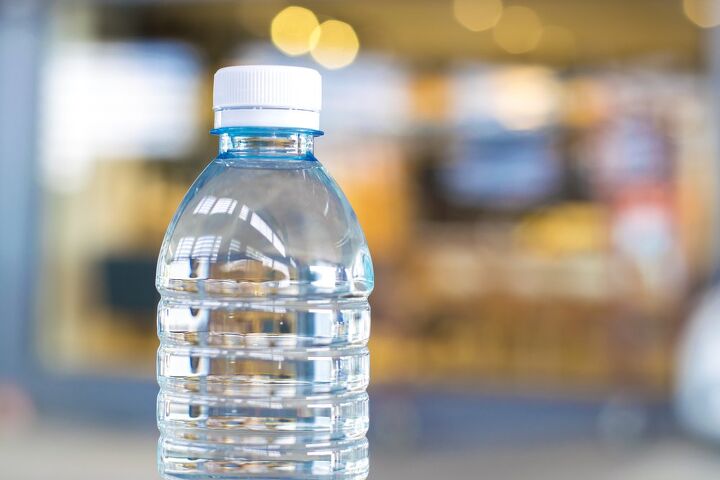
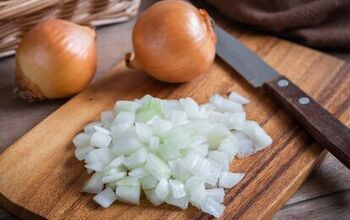



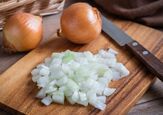
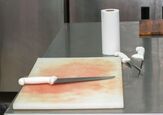
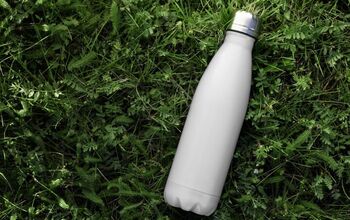
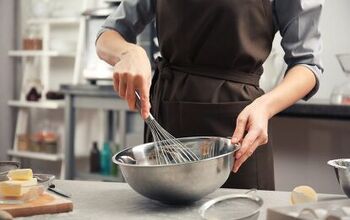
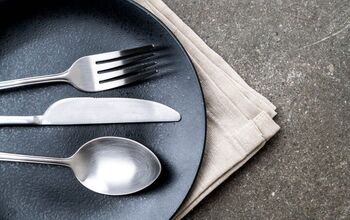
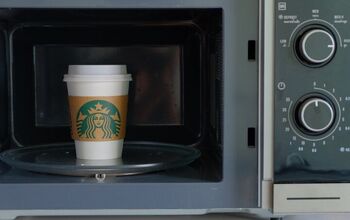










![Cost To Drill A Well [Pricing Per Foot & Cost By State]](https://cdn-fastly.upgradedhome.com/media/2023/07/31/9074980/cost-to-drill-a-well-pricing-per-foot-cost-by-state.jpg?size=350x220)


